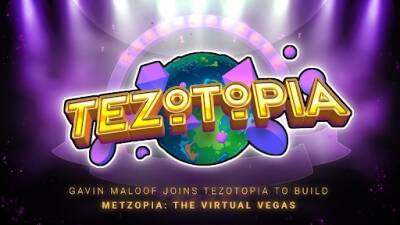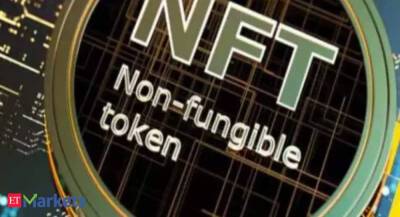Blockchain game brings the concept on NFT and governance to the fore
Nonfungible tokens (NFTs) and play-to-earn games are widely perceived as the future of the gaming industry as they grow in popularity worldwide.
Success stories such as Axie Infinity demonstrate that play-to-earn (P2E) products could easily find a solid player base if the product is well-refined. P2E games provide an opportunity for players to gain in-game digital assets by completing daily quests, defeating monsters and battling with other players. The digital rewards that they get have real-life monetary value and can be sold on crypto exchanges.
Traditional games use loot boxes as a major source of revenue, giving gamers access to packs or chests to unlock items in-game where players have to pay a massive amount of money to acquire their favorite items and characters. But although the money gamers spend is real, the items they purchase are not.
In fact, if you pack or unbox the best item in the game, while you can enjoy it in the game, you cannot do anything else with it. Blockchain, on the other hand, lets users fully own each item through smart contracts. Gamers link their blockchain wallets to the items, which can then be sold or exchanged.
Idle Mystic is an example of a project that provides real-life value to its community and gives power to their players. Using a governance token, Idle Mystic Token (IMT), users and holders can participate in making decisions and voting on the direction of the game.
Built initially on the Polygon (MATIC) network, now with Binance Smart Chain (BSC) support, Idle Mystic has a new game mode called Kingdom, where players use Heroes to fight, use Mysterious NFT’s called “Cubes” to acquire and upgrade land, and mine an in-game Magic Stone Token (MST) to build their own Kingdom. The
Read more on cointelegraph.com























